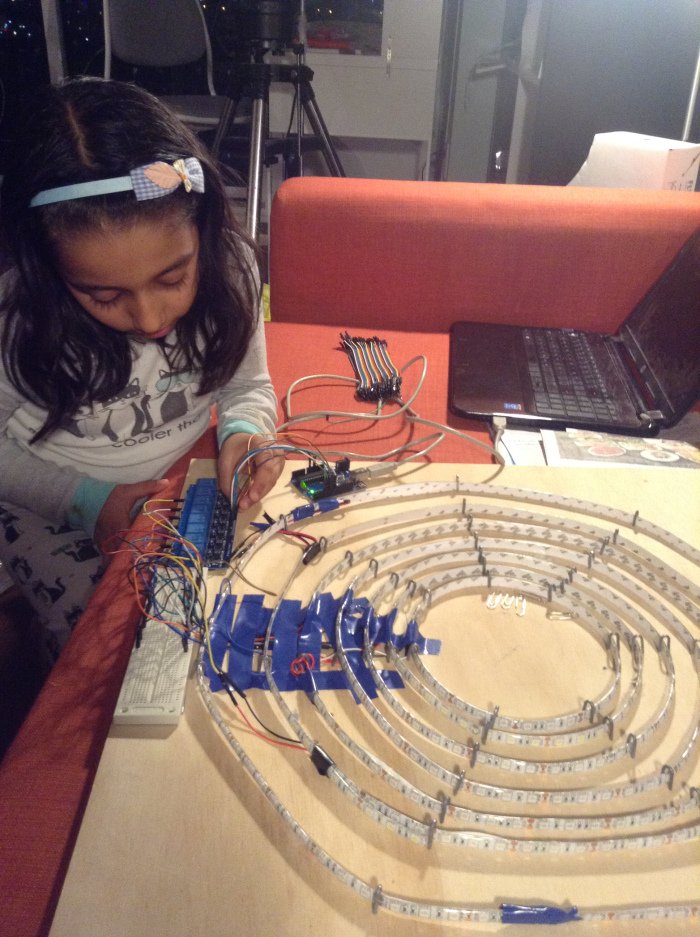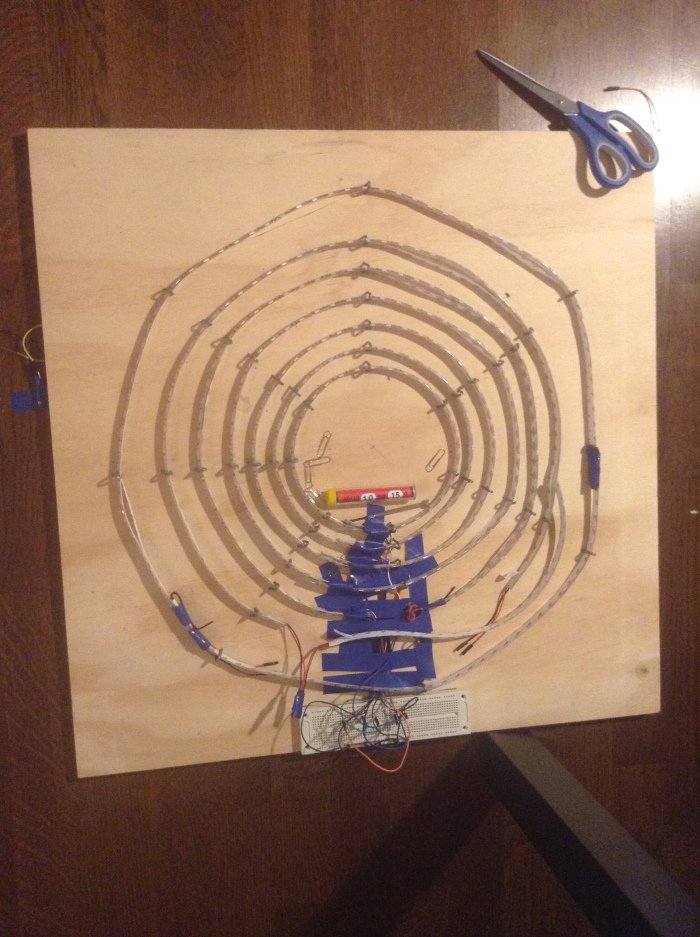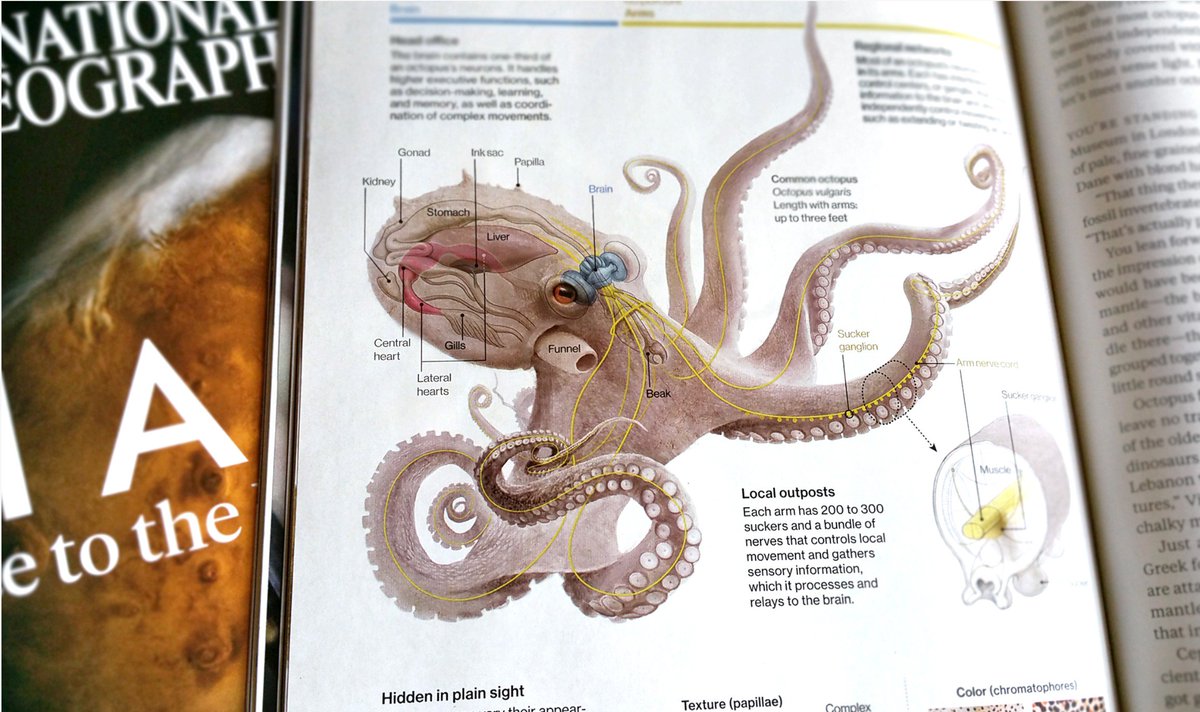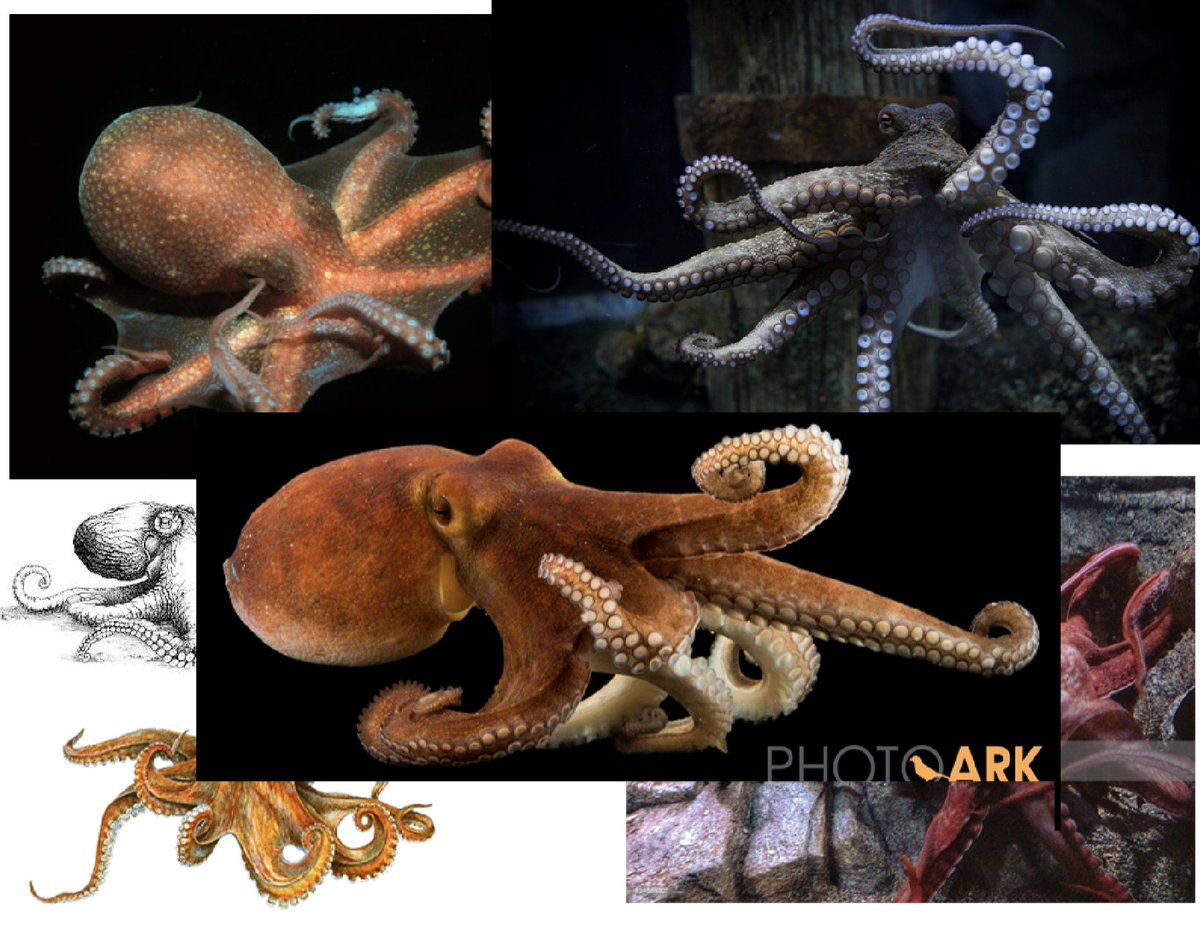Inspired by the resonant chain of #TRAPPIST1 Planetary System and system-sounds.com/trappist-sound… we decided to create a physical model of Trappist-1’s Musical System: where the motion of planets would be controlled by the music they generate and would synchronize for a grand finale! 





It required learning musical notes, coding of midi files, Reaper Software, programming Arduino, relays, LED lights: a very challenging project for our Maker Family.
So we had to do it!
It took us over 3 weeks to build this project.
So we had to do it!
It took us over 3 weeks to build this project.

Check out the final video of the #TRAPPIST1 Exoplanetary Sound and Light Show below.
Complet project information at: hotpoprobot.com/2018/02/18/our…
Complet project information at: hotpoprobot.com/2018/02/18/our…
• • •
Missing some Tweet in this thread? You can try to
force a refresh











